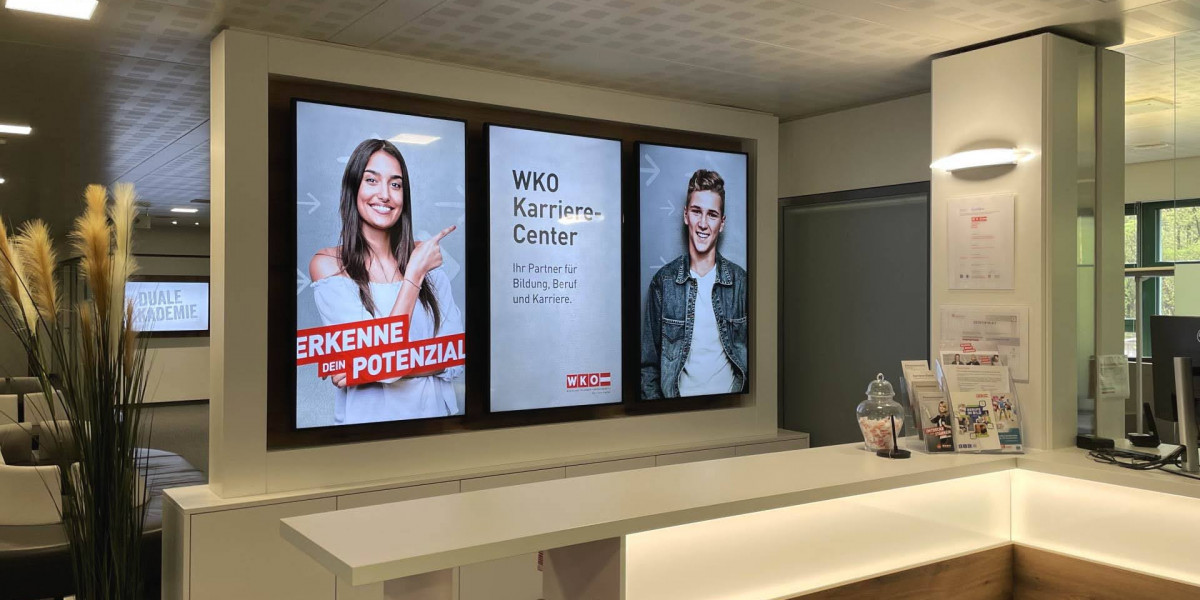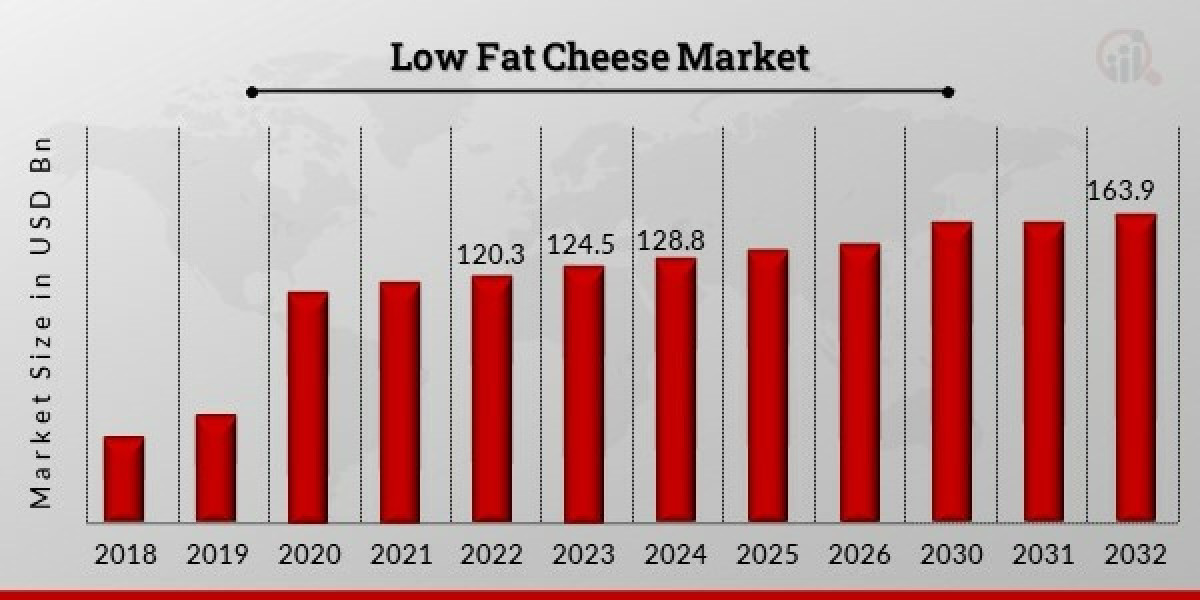In today’s fast-paced digital world, businesses are constantly seeking innovative ways to engage customers, streamline operations, and deliver real-time information. One of the most effective tools to achieve these goals is smart digital signage solutions. More than just screens displaying ads, these intelligent systems integrate with modern technology to create dynamic, interactive, and targeted communication channels. From retail stores and restaurants to corporate offices and public spaces, smart digital signage is transforming how information is delivered and consumed.
What Are Smart Digital Signage Solutions?
Smart digital signage solutions combine traditional digital display systems with intelligent software and hardware integrations. Unlike static signage, smart signage uses data analytics, AI, cloud computing, and IoT (Internet of Things) technologies to tailor content based on audience behavior, time of day, weather, inventory levels, or customer demographics. These solutions go beyond simple content loops — they offer real-time adaptability, automation, and interactivity.
For example, a smart signage system in a clothing store might change displayed outfits based on local weather conditions or current promotions. In a restaurant, the signage could update the menu in real-time based on ingredient availability or time-sensitive offers.
Key Features of Smart Digital Signage Solutions
Real-Time Content Updates
With cloud-based management systems, users can instantly update content across multiple displays, no matter their location. This is essential for companies with multiple branches or rapidly changing promotions.Data-Driven Targeting
Smart digital signage can analyze data from various sources — including POS systems, customer behavior, and foot traffic — to deliver relevant content. For example, promotions can be targeted toward the age group currently in-store.Integration with IoT Devices
Integration with sensors and cameras allows signage to respond to environmental triggers. A display can brighten based on ambient light or switch content when a person approaches.Touchscreen and Voice Interactivity
Many smart digital signage solutions include touchscreen interfaces or voice commands, creating immersive customer experiences. This is especially effective in retail, museums, or information kiosks.Automated Scheduling
Smart signage platforms allow users to schedule content by time, date, or event. This automation ensures that relevant content is shown at the right time without manual intervention.
Benefits of Smart Digital Signage
1. Enhanced Customer Engagement
Smart signage offers personalized, interactive content that draws attention and encourages customer interaction. This leads to higher engagement rates compared to static signage.
2. Increased Operational Efficiency
With centralized content management and automation, businesses can reduce the time and labor required to manage traditional marketing materials. Updates are made remotely with just a few clicks.
3. Improved Brand Image
Modern, intelligent signage conveys a tech-savvy, customer-centric image. It helps businesses appear innovative and responsive to changing customer needs.
4. Higher Return on Investment (ROI)
While smart signage systems may require a higher initial investment, they often lead to better ROI through increased sales, reduced printing costs, and improved customer satisfaction.
Use Cases Across Industries
Retail: Personalized promotions, dynamic product showcases, and interactive lookbooks.
Restaurants: Real-time digital menu boards, promotional videos, and integration with POS systems.
Corporate Offices: Internal communication, meeting room updates, and employee engagement boards.
Healthcare: Patient information displays, wayfinding solutions, and health tips.
Education: Announcements, schedules, emergency alerts, and student engagement content.
Transportation: Live schedules, delay notifications, and tourist information at airports and stations.
Choosing the Right Digital Signage Solution
Not all digital signage solutions are created equal. When selecting a platform, businesses should consider:
Scalability: Can the solution grow with your business?
Ease of Use: Is the interface user-friendly and intuitive?
Integration Capabilities: Can it connect with your existing systems and devices?
Security: Does it offer secure content management and data protection?
Support & Maintenance: Is there ongoing technical support available?
It’s also important to work with a trusted provider that understands your industry and offers customizable solutions.
The Future of Smart Digital Signage
As AI and machine learning continue to evolve, smart digital signage solutions will become even more predictive and autonomous. Future systems may anticipate customer needs before they arise, provide deeper personalization, and integrate seamlessly with other digital ecosystems like mobile apps and AR experiences.
Final Thoughts
Smart digital signage is no longer a luxury — it’s a necessity for businesses wanting to stay competitive in a digital-first world. These solutions enhance customer experiences, streamline business operations, and create new marketing opportunities. Whether you're a small café or a multinational corporation, embracing smart digital signage solutions is a strategic step toward future-ready communication.
By investing in the right digital signage solutions, businesses can not only inform and entertain but also inspire and convert — one smart screen at a time.








